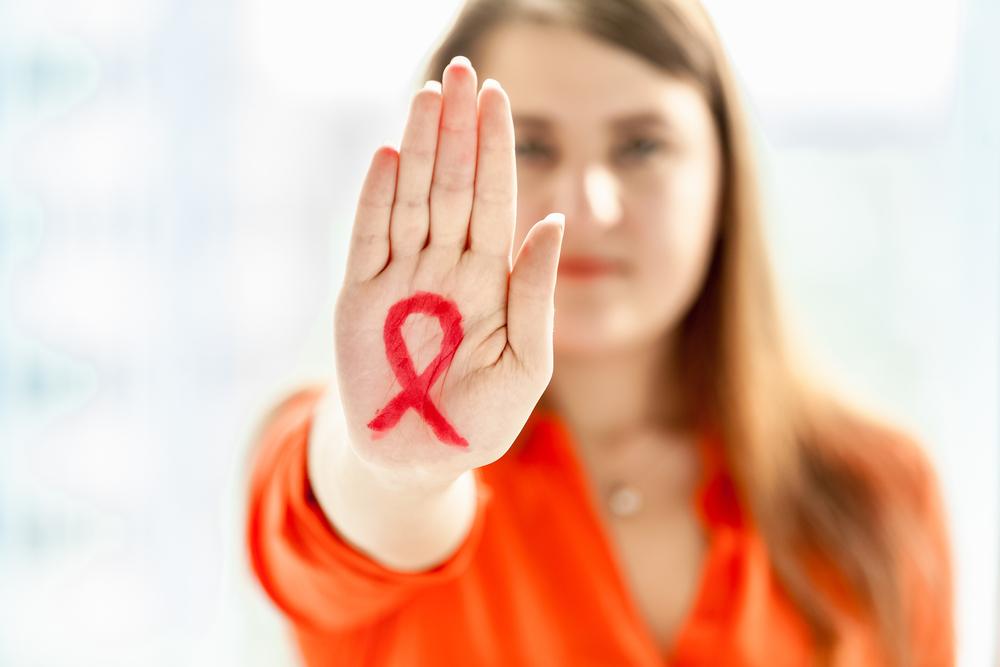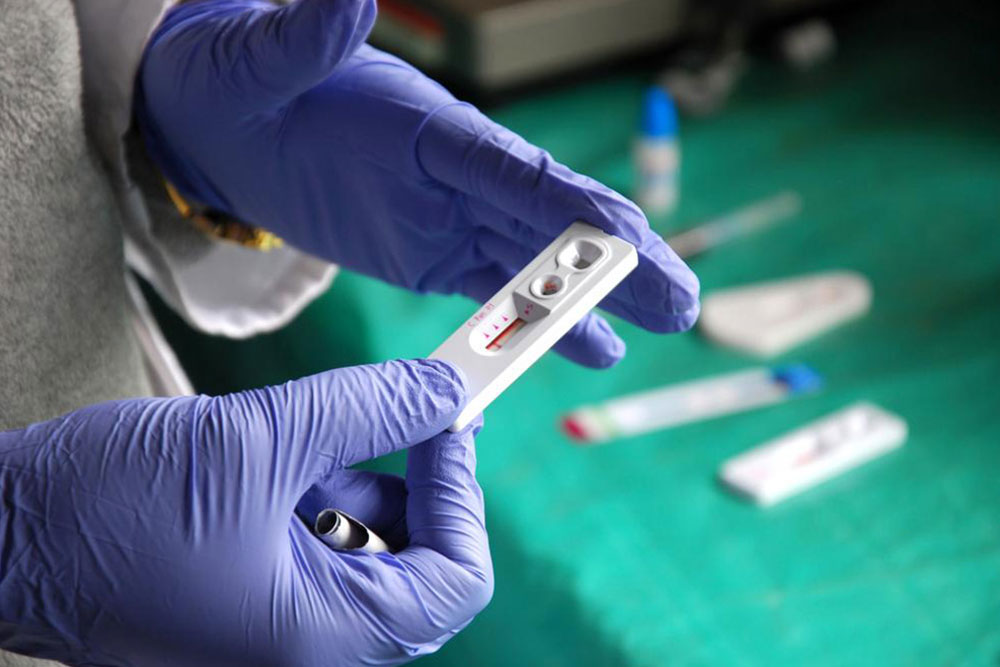Complete HIV Awareness: Understanding Causes, Recognizing Symptoms, and Managing the Disease
This comprehensive guide provides in-depth insights into HIV, including how it spreads, symptoms to watch for, diagnosis methods, and current treatment options. It emphasizes the importance of early detection and continued management, highlights prevention strategies, and explores the latest advances in HIV research. Perfect for raising awareness and fostering understanding of this vital health issue.

A Complete Guide to HIV: Causes, Symptoms, and Effective Management Strategies
Human Immunodeficiency Virus (HIV) remains one of the most significant global health challenges today, affecting millions worldwide. HIV is a retrovirus that primarily targets the immune system, specifically attacking CD4 T cells, which play a crucial role in defending the body against infections. As the virus replicates within these cells, it gradually depletes them, leading to a weakened immune response. Without appropriate treatment, HIV can advance to Acquired Immunodeficiency Syndrome (AIDS), a critical stage characterized by the body's diminished ability to fight off opportunistic infections and certain cancers. While HIV is a lifelong condition, advances in medicine have made it manageable, allowing individuals to lead long, healthy lives with proper care and lifestyle adjustments.
Understanding how HIV is transmitted, recognizing early symptoms, and knowing the options for management are essential steps in controlling the spread of the virus and minimizing its impact. Early diagnosis not only improves treatment outcomes but also reduces transmission rates. This comprehensive guide aims to demystify HIV, providing accurate, accessible information about its causes, clinical signs, preventive measures, and treatment options, including the latest advances in antiretroviral therapy.
How HIV is Transmitted
HIV spreads through specific routes, mainly involving exposure to certain bodily fluids from an infected person. These fluids include blood, semen, vaginal fluids, rectal fluids, and breast milk. The primary modes of transmission are:
Unprotected Sexual Contact: Engaging in unprotected vaginal, anal, or oral sex with an infected partner increases the risk of transmission. The virus can enter the body through mucous membranes or small abrasions present during sexual activity.
Blood Transfusions and Needle Sharing: Receiving contaminated blood or blood products, especially in regions with inadequate screening, poses a significant risk. Sharing needles or syringes used for intravenous drug use is another common transmission route.
Mother-to-Child Transmission: An infected mother can transmit HIV to her baby during pregnancy, childbirth, or breastfeeding. Without intervention, the risk of mother-to-child transmission can be reduced substantially through medical strategies.
Symptoms of HIV Infection
The clinical presentation of HIV varies depending on the stage of infection, ranging from acute initial symptoms to chronic stages that may last for years without noticeable signs.
Acute HIV Infection
Within 1 to 4 weeks after exposure, many individuals experience flu-like symptoms, including fever, sore throat, rash, swollen lymph nodes, muscle aches, and fatigue. This phase, known as acute retroviral syndrome, indicates active viral replication and high infectivity but often goes unrecognized because symptoms resemble common illnesses.
Chronic or Asymptomatic Stage
Following the initial phase, the virus enters a prolonged period where no symptoms may be apparent. During this time, HIV continues to multiply silently. This stage can last several years if untreated, but the immune system gradually declines, making the individual more susceptible to opportunistic infections.
Progression to AIDS
If untreated, HIV eventually causes severe immune deficiency, characterized by a CD4 T cell count falling below 200 cells per microliter of blood. Symptoms become more pronounced and complicated, including rapid weight loss, recurring infections like pneumonia and tuberculosis, neurological impairments, and certain cancers, notably Kaposi's sarcoma and lymphomas. These late-stage conditions significantly threaten life and require immediate medical attention.
Diagnosis and Testing
Early and accurate diagnosis of HIV is vital for effective management. Testing methods include:
Antibody Tests: Typically rapid or lab-based, they detect antibodies produced in response to HIV infection. These tests are reliable after the window period, usually 3-12 weeks after exposure.
Antigen/Antibody Tests: These more advanced tests can detect infection sooner, within 2-6 weeks of exposure.
Nucleic Acid Tests (NATs): Detect the actual virus in the blood, valuable for early detection, especially in high-risk cases.
Managing HIV: Treatment and Lifestyle
While there is no cure for HIV yet, antiretroviral therapy (ART) effectively suppresses the virus, allowing individuals to maintain a healthy immune system and prevent disease progression. Consistent adherence to prescribed medication regimens can reduce viral load to undetectable levels, significantly lowering the risk of transmission—emphasizing the importance of regular monitoring and medical support.
In addition to medication, healthy lifestyle choices can enhance overall health. These include a nutritious diet, regular exercise, adequate sleep, stress management, and avoiding alcohol or drugs that compromise immunity.
Vaccinations for preventable diseases such as hepatitis A and B, influenza, and pneumococcal infections are strongly recommended to prevent additional health complications. Mental health support, counseling, and community resources are crucial elements of comprehensive HIV care, helping individuals cope with emotional and social challenges.
Preventive Measures to Reduce HIV Transmission
Prevention is key in controlling HIV. Strategies include:
Consistent Condom Use: Using condoms correctly during every sexual encounter significantly reduces transmission risk.
Regular Testing and Partner Screening: Knowing your status and that of your partner informs safer decision-making.
Pre-Exposure and Post-Exposure Prophylaxis (PrEP and PEP): Medications taken before or after potential exposure can prevent infection in high-risk populations.
Safe Needle Practices: Avoid sharing needles and use sterile equipment if injecting drugs.
Mother-to-Child Transmission Prevention: Pregnant women with HIV can take ART to drastically reduce the chance of transmitting the virus to their babies.
Emerging Advances in HIV Research and Treatment
The fight against HIV continues with ongoing research aiming for better treatment options, potential cures, and vaccines. Breakthroughs include long-acting injectable antiretrovirals, gene-editing techniques like CRISPR, and innovative vaccine candidates. Researchers are exploring methods to eliminate the virus from the body completely, which could revolutionize future management approaches. As science progresses, the goal is to achieve a world where HIV is no longer a life-threatening condition.
In conclusion, understanding HIV and its management plays a vital role in reducing its spread and impact. Early diagnosis, consistent treatment, preventive practices, and community education form the cornerstone of controlling this global health issue. Everyone has a part to play in awareness and prevention, fostering a healthier, HIV-free future for all.





